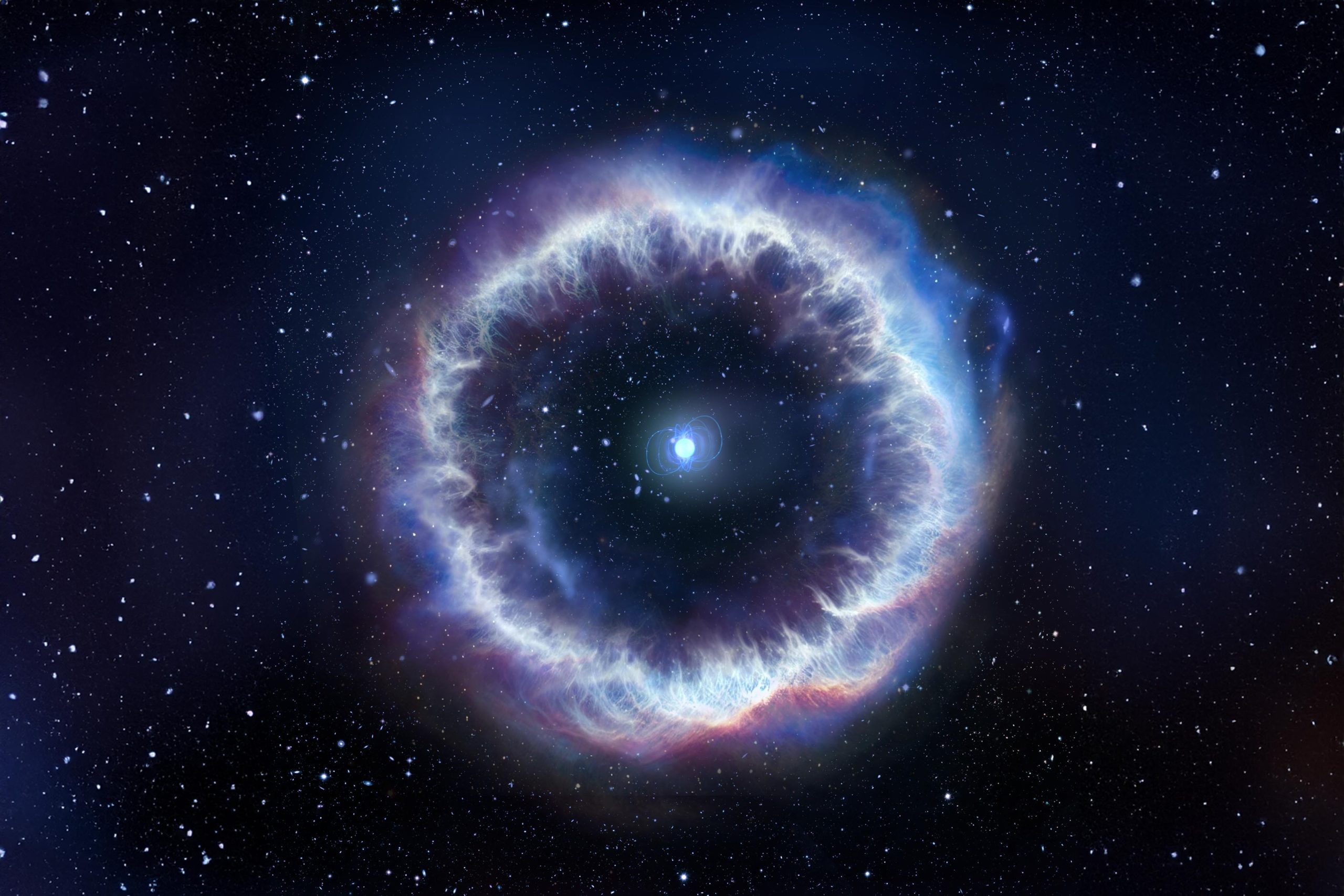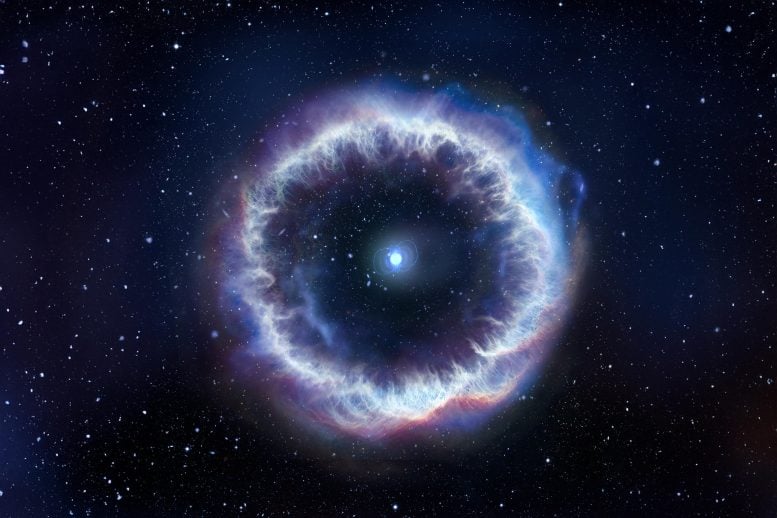

Astronomers have traced the persistent emissions of some fast radio bursts to plasma bubbles, advancing our understanding of these cosmic phenomena.
This new finding suggests these emissions could be driven by magnetars or binary star systems, marking a significant leap in deciphering the universe’s most mysterious signals.
Discovering the Mechanisms Behind Fast Radio Bursts
The US National Science Foundation (NSF) National Radio Astronomy Observatory (NRAO) and the Karl G. Jansky Very Large Array (VLA) have played a crucial role in identifying the origins of persistent emissions observed in some fast radio bursts (FRBs). An international team of astronomers has shown that this persistent radiation stems from a plasma bubble, providing new insights into the mysterious forces powering these cosmic events. These groundbreaking findings are detailed in the journal Nature.
Fast radio bursts, first discovered just over a decade ago, are among the most intense and enigmatic phenomena in the universe, releasing enormous amounts of energy within milliseconds. Despite considerable research, the exact processes that trigger these bursts are still not fully understood. However, occasionally, the quick flash of an FRB is followed by a weaker, sustained radio emission.
Unveiling the Origins of Persistent FRB Emissions
A new study, led by researchers from the Italian National Institute for Astrophysics (INAF) and involving collaborators from institutions worldwide, focused on FRB20201124A. This particular burst, located approximately 1.3 billion light-years from Earth, provided the team with unprecedented data, thanks to the NSF VLA, currently the most sensitive radio telescope in the world.
Observations from the NSF VLA enabled the team to verify that a plasma bubble was responsible for the persistent emission observed in conjunction with FRBs. This supports the theoretical model predicting such an origin.
The data suggest that the engine driving these FRBs could be a magnetar (a highly magnetized neutron star) or a high-accretion x-ray binary system, where intense winds from the magnetar or the binary system’s accretion process create this plasma bubble. The persistent emission associated with FRB20201124A is the weakest ever detected for an FRB, expanding the known range of these emissions by two orders of magnitude.
Insights From High-Resolution Observations
Gabriele Bruni, INAF researcher and lead author of the paper, explains, “Our observations confirm that the persistent radio emissions from FRBs behave as expected from the nebular emission model, indicating a bubble of ionized gas surrounding the central engine. This allows us to better understand the physical relationship between the engine of FRBs and the surrounding nebula.”
Luigi Piro, INAF researcher and co-author of the study, adds, “This research campaign, conducted at higher spatial resolution with the VLA, combined with observations in different bands from the NOEMA interferometer and the Gran Telescopio Canarias, has allowed us to reconstruct a comprehensive picture of the host galaxy and confirm the presence of a compact radio source— the FRB plasma bubble—within a star-forming region.”
The NSF VLA’s advanced capabilities were crucial in distinguishing the weak, compact emission from the surrounding diffuse emission, providing insights that previous studies could not achieve.
For more on this discovery:
Reference: “A nebular origin for the persistent radio emission of fast radio bursts” by Gabriele Bruni, Luigi Piro, Yuan-Pei Yang, Salvatore Quai, Bing Zhang, Eliana Palazzi, Luciano Nicastro, Chiara Feruglio, Roberta Tripodi, Brendan O’Connor, Angela Gardini, Sandra Savaglio, Andrea Rossi, Ana M. Nicuesa Guelbenzu and Rosita Paladino, 7 August 2024, Nature.
DOI: 10.1038/s41586-024-07782-6

